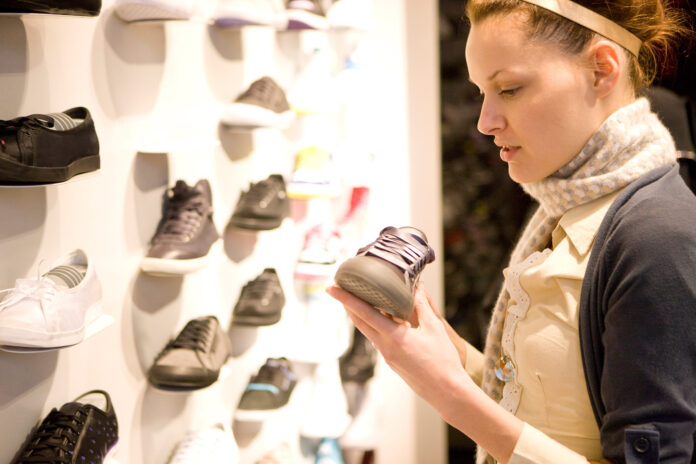If you enjoy a good run or are trying to get into the habit of jogging regularly, you need to think about more than just your technique. It is important to have the right pair of running shoes in order to support your ankles and suit the surfaces you run on.
There is no one running shoe that is right for everyone, as we each have different needs when exercising. However, there are a number of things that can impact the performance of your show so you should take these into account when buying a pair.
These will be the same considerations no matter what, so make sure you take these into account and ask for professional advice that covers these areas when choosing your running shoes.
Support
Your running shoes should support your ankle and your arches, although the amount of support required will differ from person to person.
You’ll need a pair that suits the shape and movement of arches to stop them falling, which can be incredibly painful.
It is also worth taking into account the strength of your ankles, as weak ankles will require more support, especially if you are running on solid surfaces, such as concrete.
Cushioning
Tying in with the idea of support, you’ll need different levels of cushioning depending on the type of arches you have and your running technique. This will help to support your feet while adding comfort.
Cushioning will also absorb the shock of your steps, which can reduce the impact on your knees. This means that you may require more or less cushioning depending on the typical surface you run on.
Fit
You may wear a specific shoe size and never have to change this, but you may find this isn’t the case with running shoes.
The shoe should feel snug around your instep but not so tight that you feel pressure. This can mean you simply need to lace it differently or that you need a different size.
You should also be able to move your foot from side to side slightly within your shoe, without it sliding around too much. This is especially important as your feet will swell during a run, so shoes that don’t have that extra space can quickly become uncomfortable.
It is also important to remember that you need a gap between your big toe and the end of your shoe to account for swelling.


